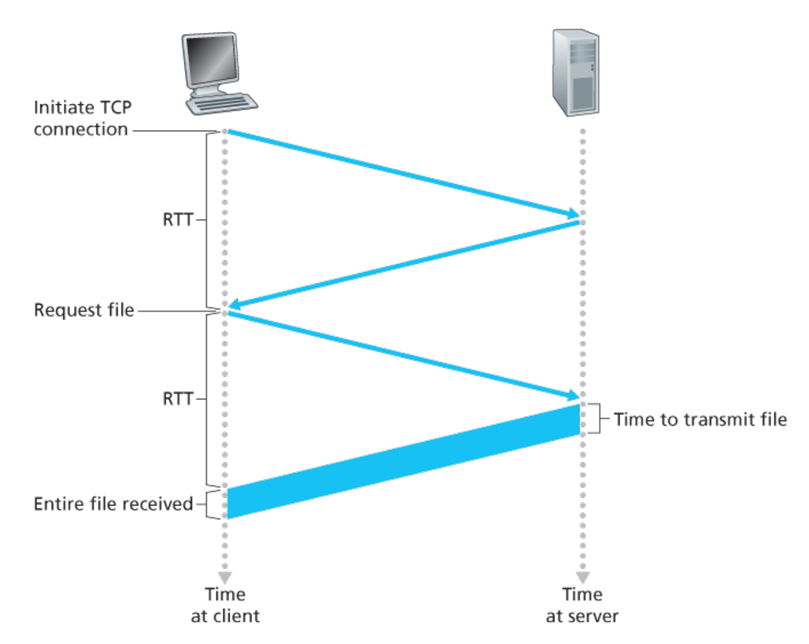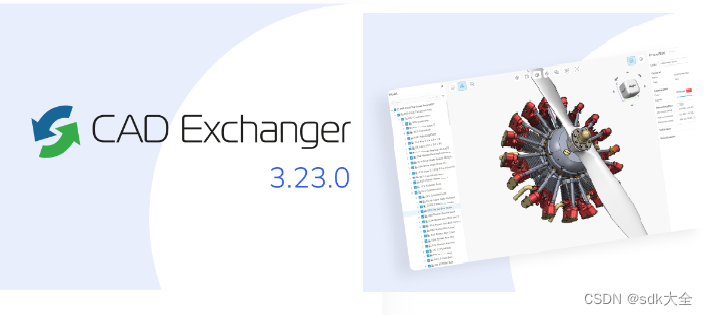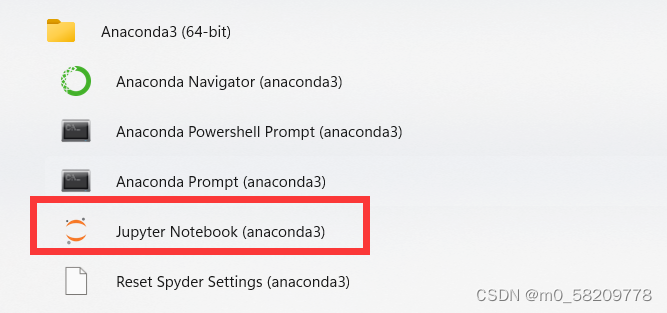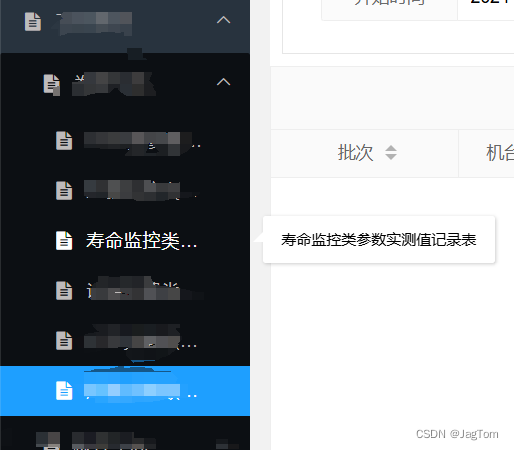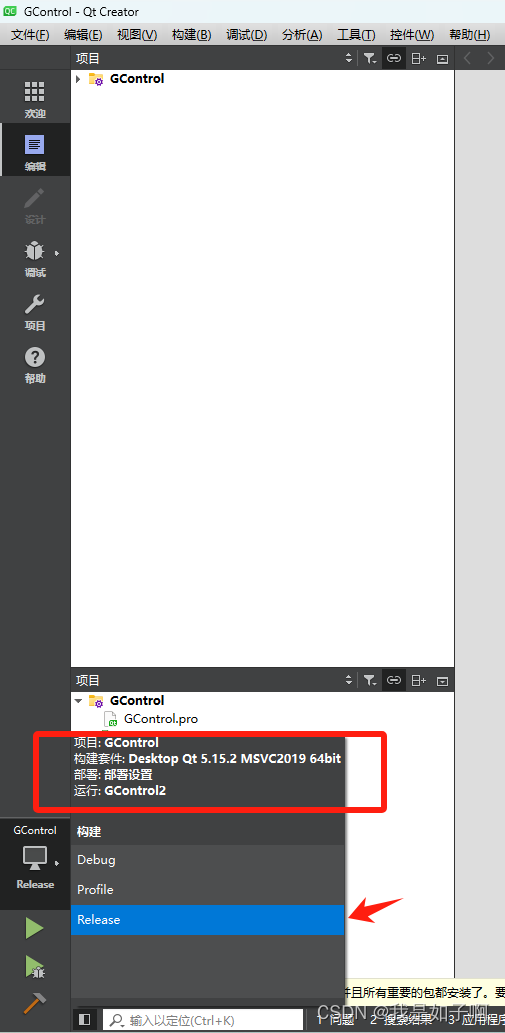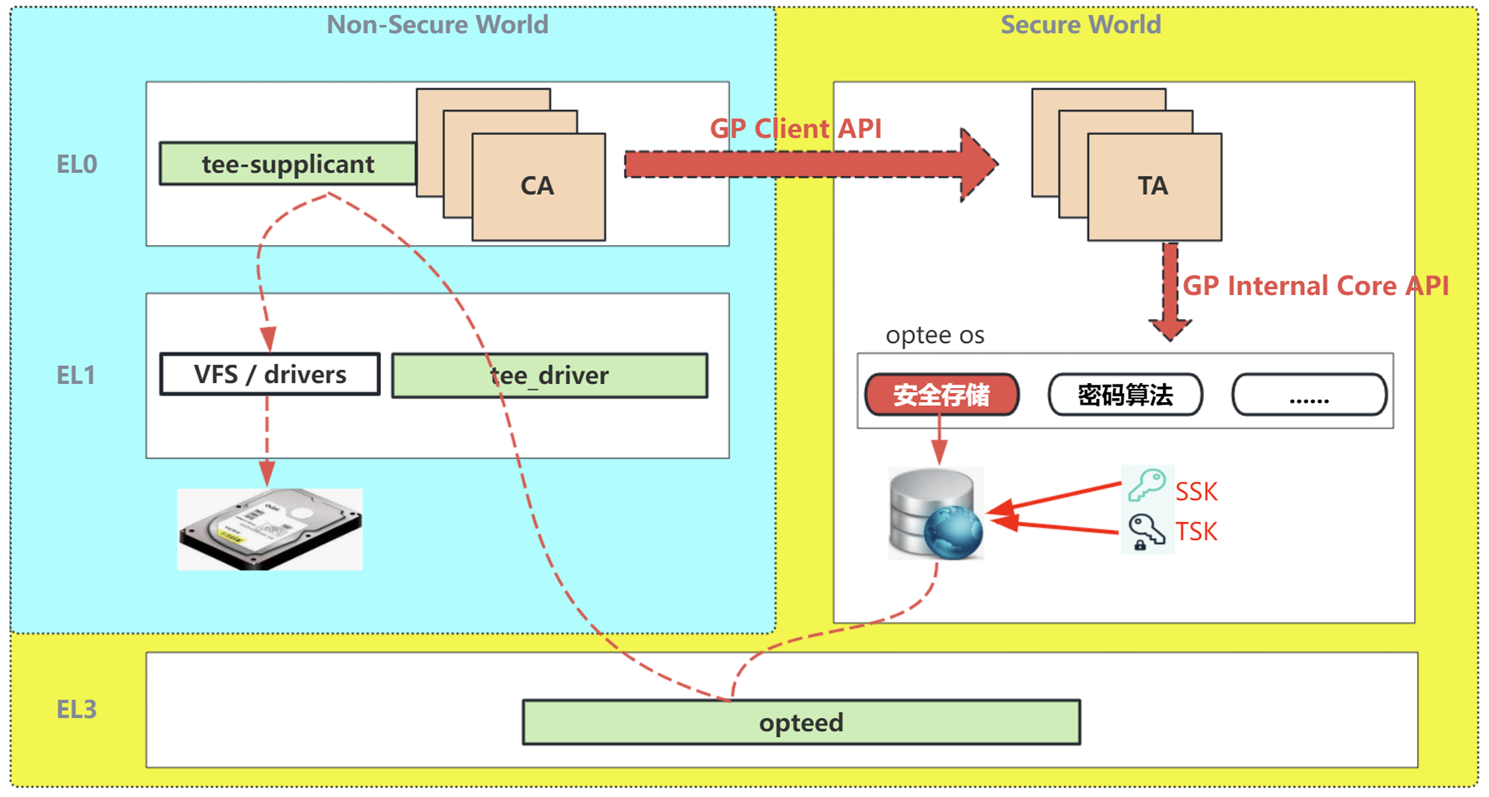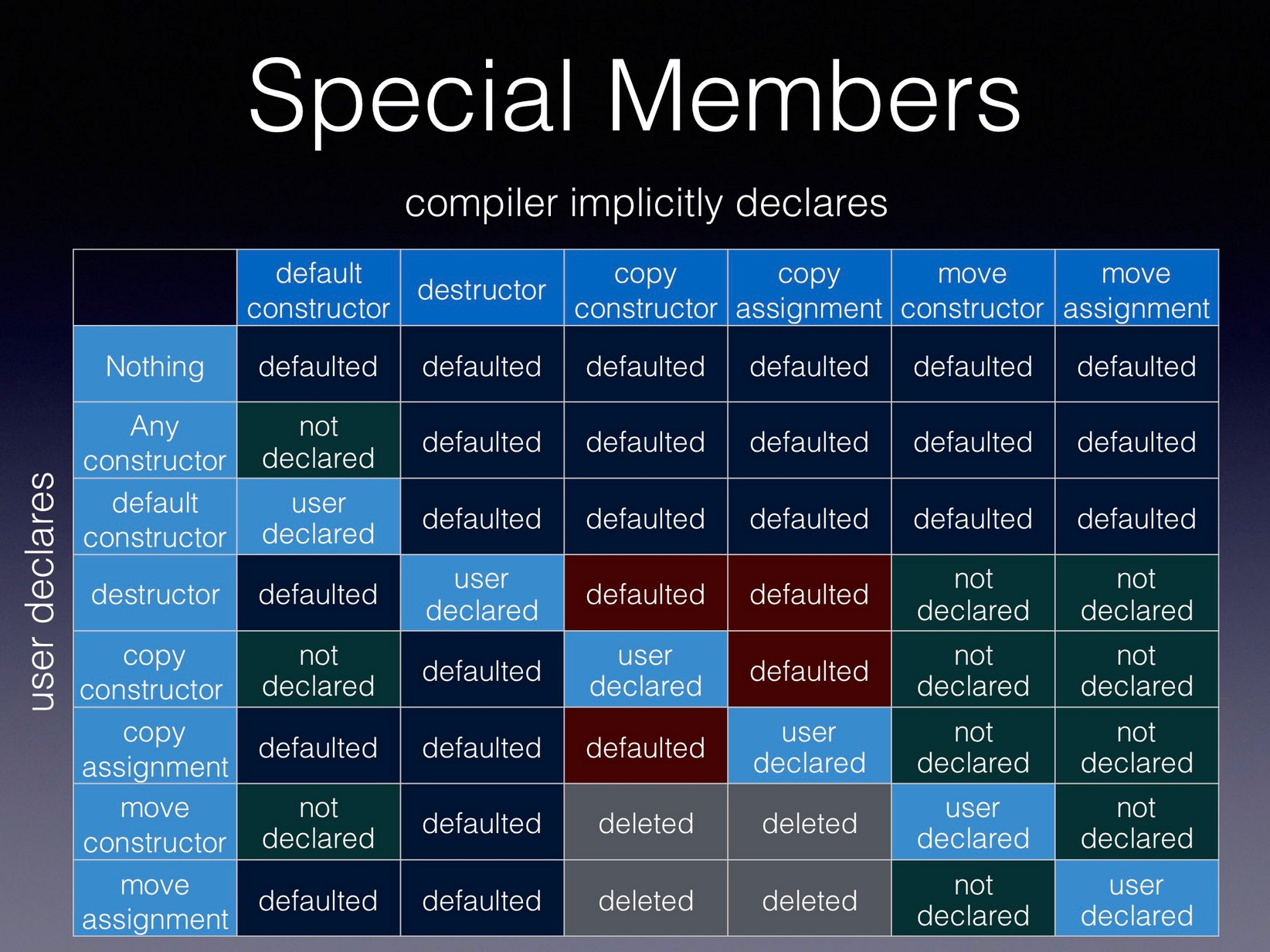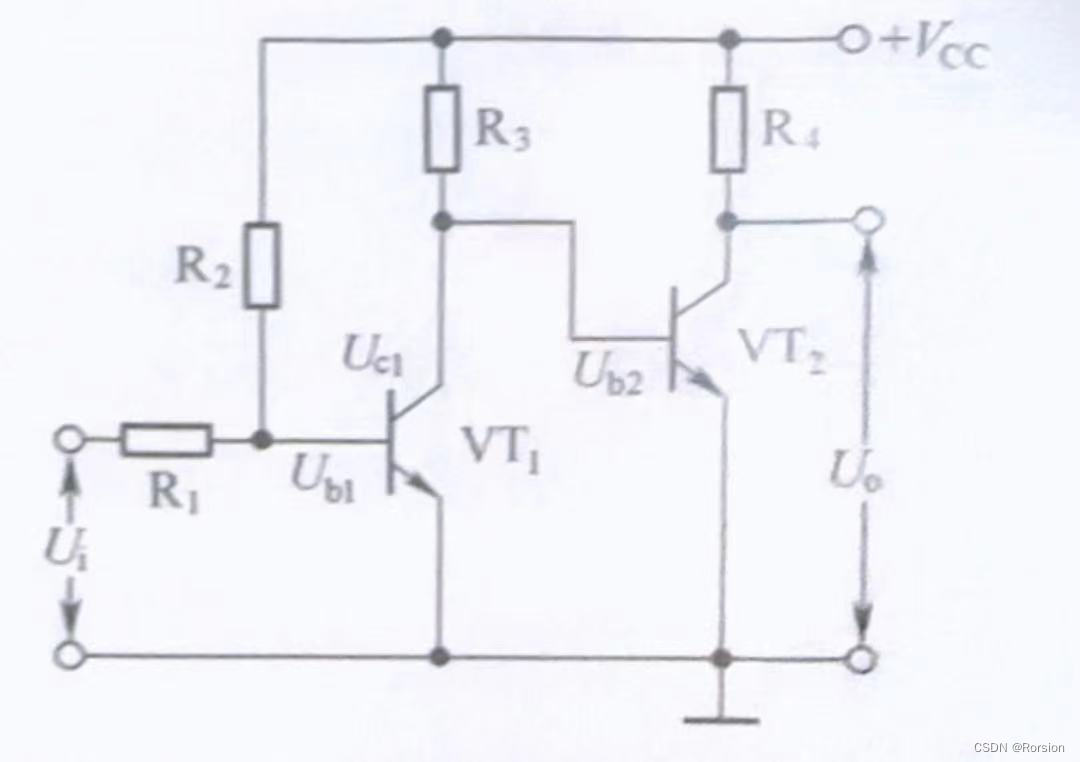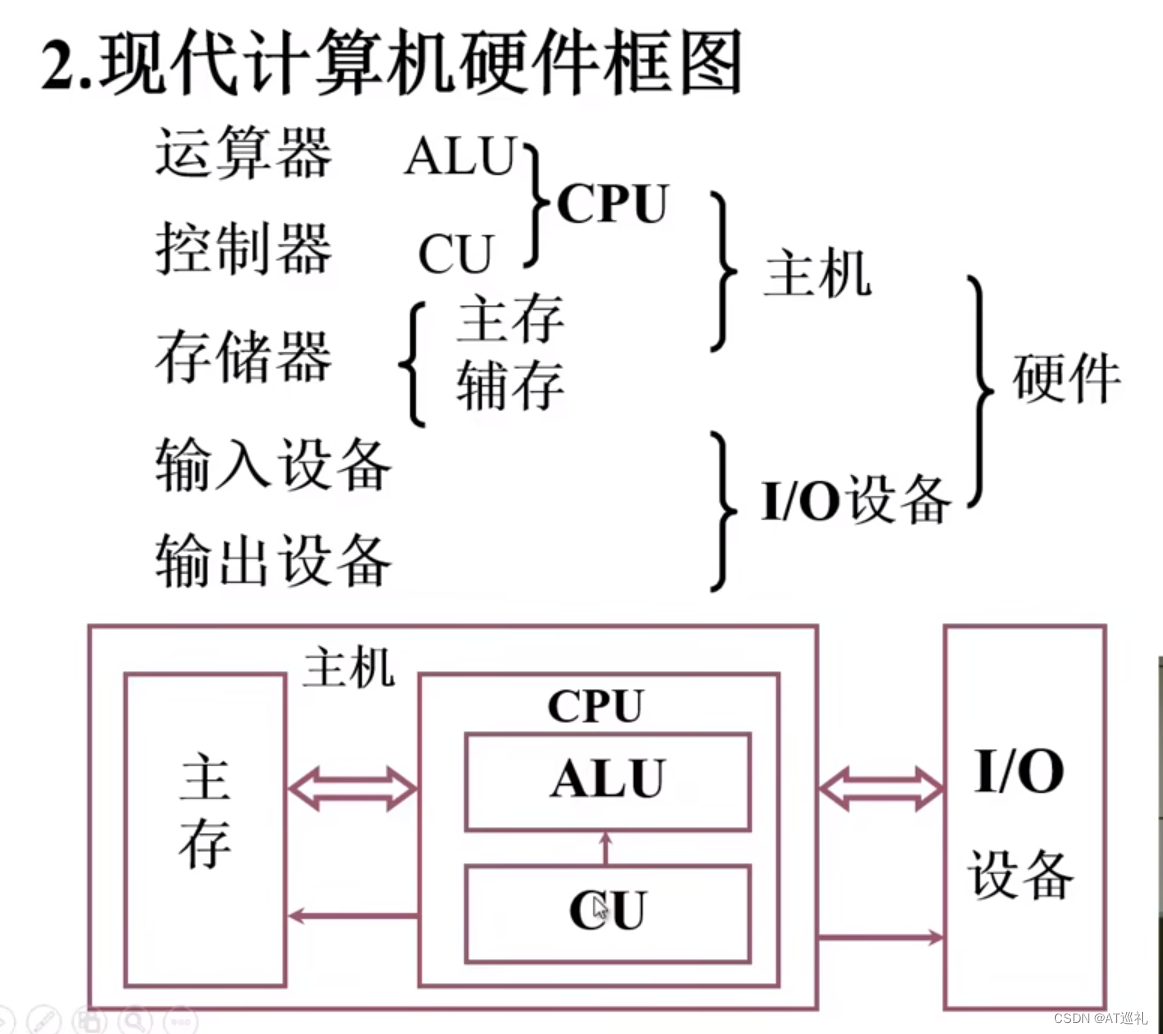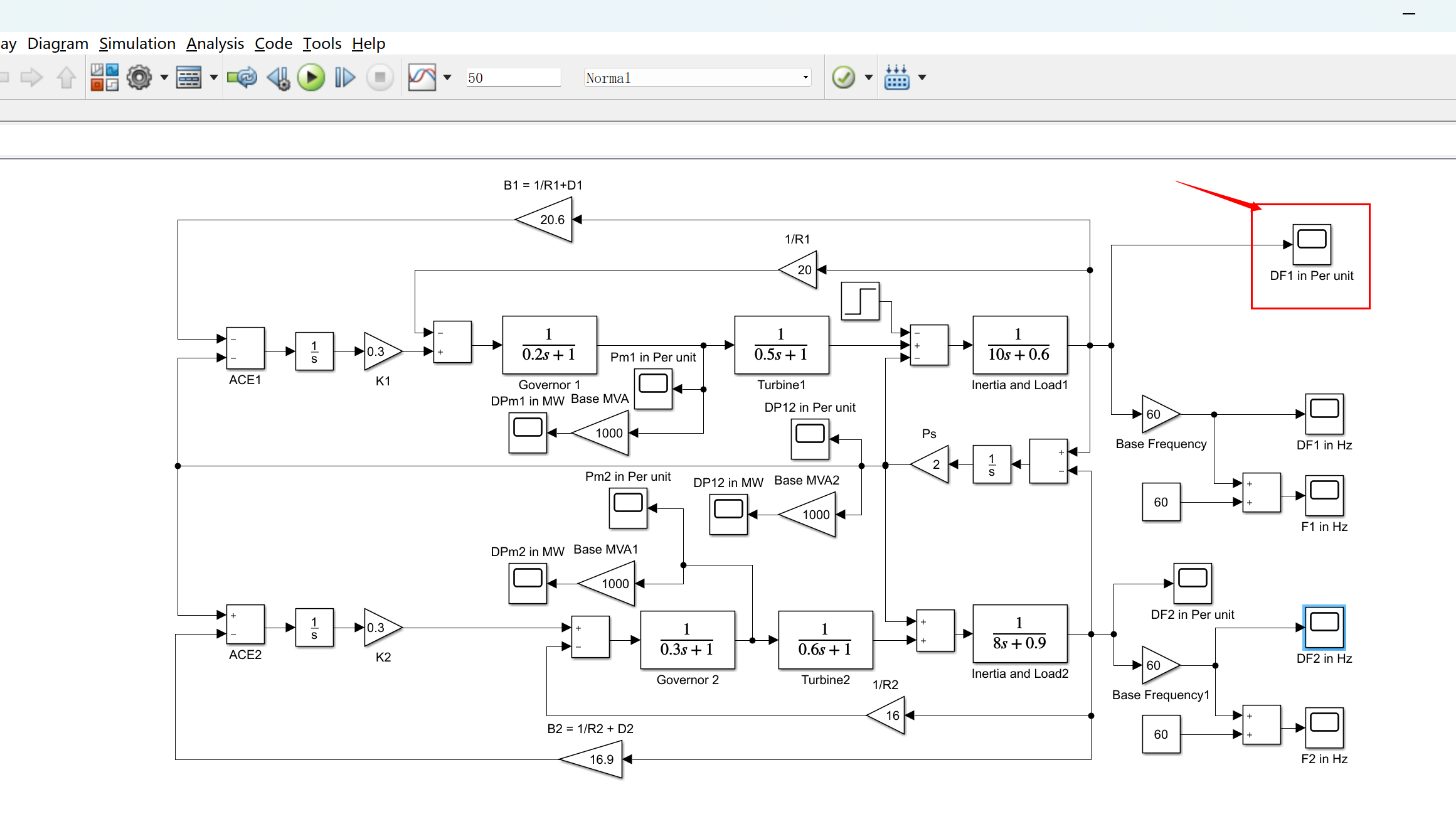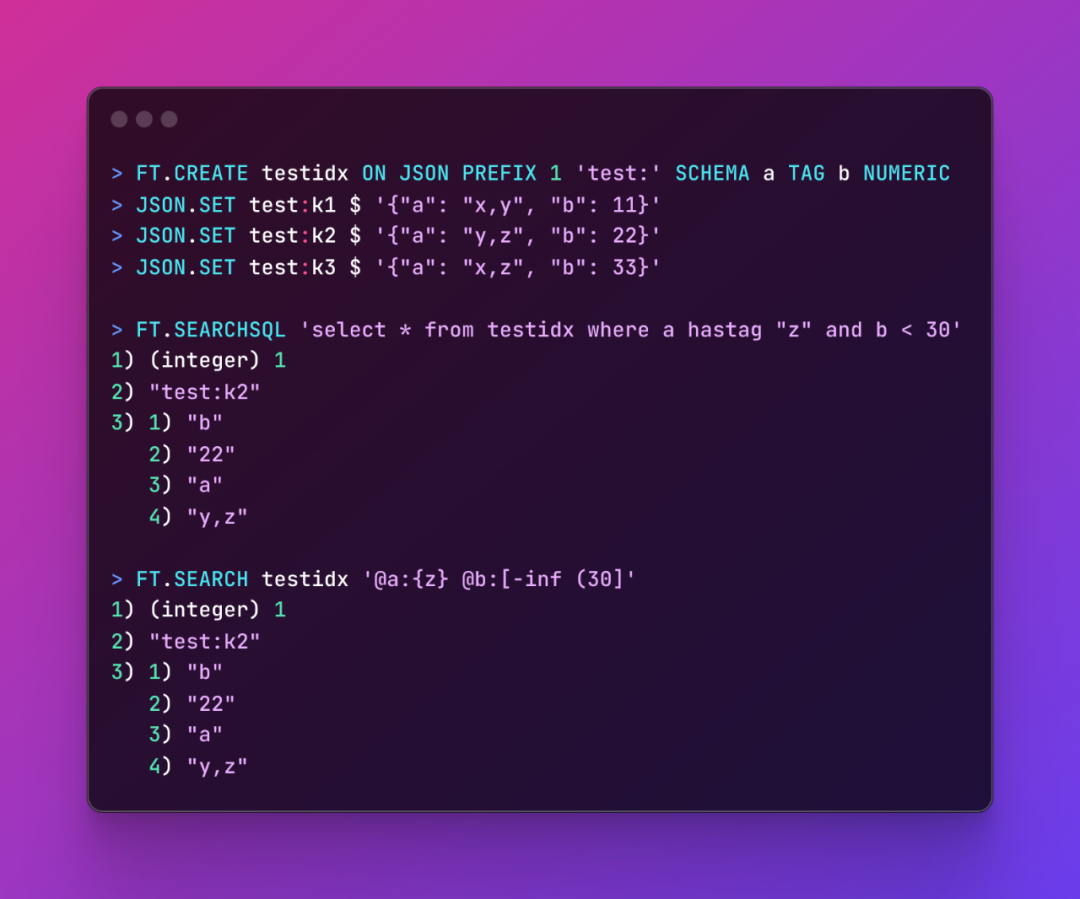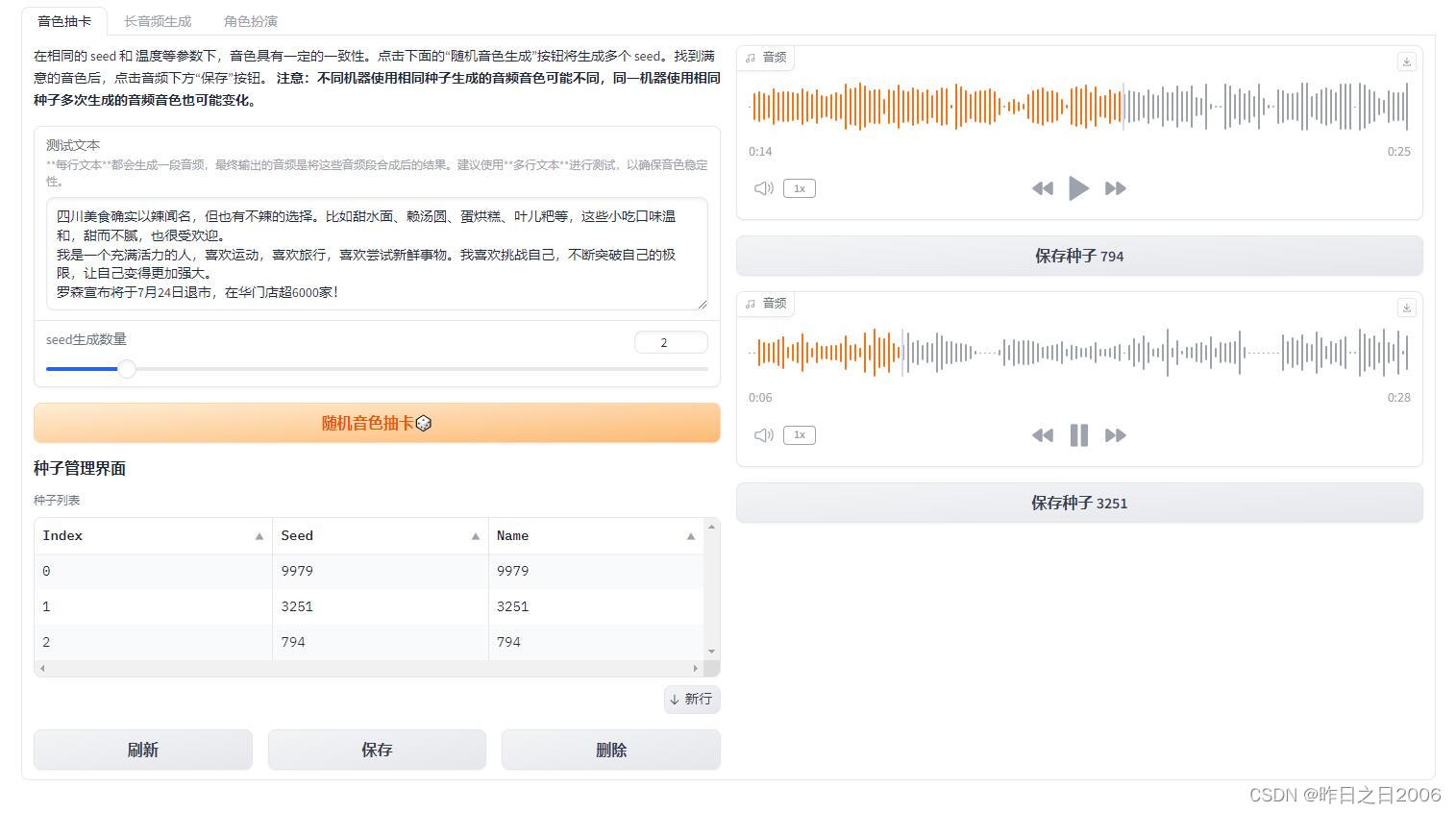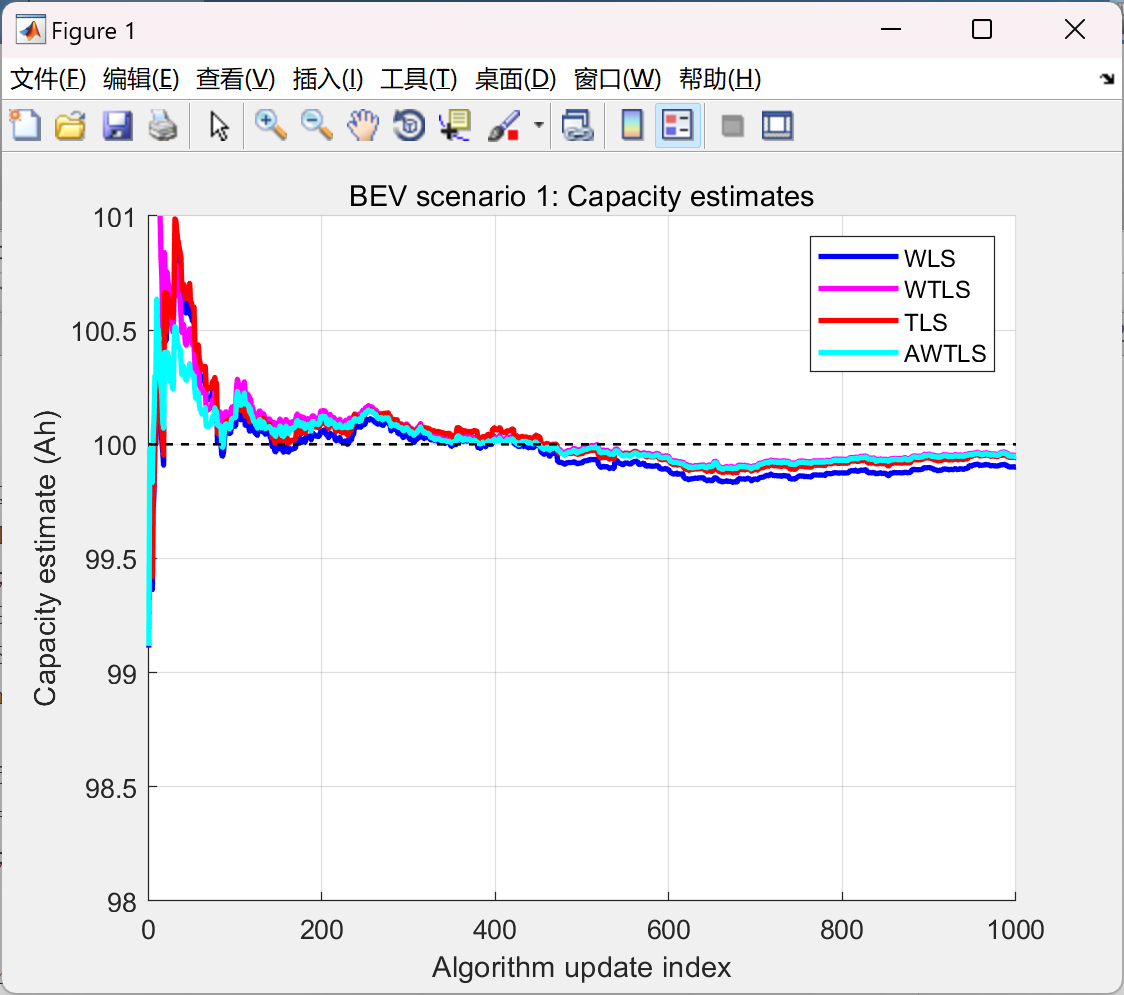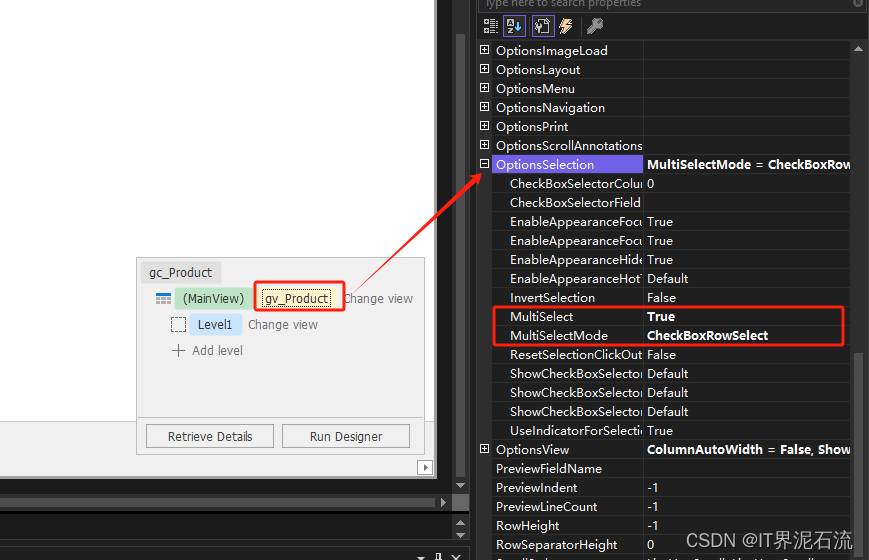1 Introduction
In this assignment you will demonstrate your knowledge and skill with the material in the unit by developing a
solution to one real world problem by translating it to mathematical language, using mathematical techniques
from the unit to solve the problem, and implementing software to solve the problems.
Your submission will consist of two parts: a report detailing the mathematical descriptions of the problems
and solutions, and a Python file containing your implementation of the solutions.
This assignment is worth 30% of your final grade.
Please see the Canvas Assignments page for due dates.
CAB203 tutor wechat powcoder
2 Tasks
Chooseoneout of the following three tasks to solve.
2.1 Regular languages and finite state automata
It’s time to write the ultimate Teams/Slack/Discord replacement,reChat! No more resource intensive GUIs,
as reChat will be entirely text based with a command line interface.
Your task is to program the controlling logic that parses commands and keeps track of the state of a user’s
connection. To do this you will write a Python function:
def reChatParseCommand(message, state):
# your code here
return action, state
Heremessagecontains the input (i.e. command or message) from the user.stateis a variable that you can
use to store whatever you like. It is initially set to None on the first invocation of your function. Further
explanation appears below.
The returned variableactionis a dictionary indicating what action should be taken along with additional
parameters for that action, as described below. The returned variablestatewill be used as thestate
argument on the next time the function is invoked. This mechanism allows you to keep track of the state of
the connection without resorting to global variables or other mechanisms. Thestatereturn value is ignored
by the tests.
The required behaviour is given below. Note that text surrounded by'<>'like''in the action
should be replaced with an appropriate value (eg. from the command):
- When the user first connects (indicated by themessageargument set to''and thestateargument
set to None ), the action is{'action':'greeting' }and the connection enterscommandmode. - Incommandmode the user has four possible commands:
- \list : whereis eitherchannelsorusers. The connection remains in command
mode and the action is
{'action': 'list','param': '' } - \quit: The connection disconnects and the action is
{'action': 'quit'} - \join : whereis a channel name (see below). The connection enters
channelmode and the action is
{'action': 'join','channel':'' } - \dm : whereis a username (see below). The connection entersdirect
messagemode and the action is
{'action': 'dm','user': '' }
- \list : whereis eitherchannelsorusers. The connection remains in command
- Inchannelmode the users has three possible commands. In the following,refers to the
channel currently joined by the previous\join command :
- \leave: The connection enterscommandmode and the action is
{'action': 'leaveChannel','channel': '' }
- \read: The connection remains inchannelmode and the action is
{'action': 'readChannel','channel': ''}
- (not starting with) : The connection remains inchannelmode and the action is
{ 'action':'postChannel','channel':'', 'message':'',
'mentions': {'', ', ...'} }
where thementionsvalue gives all the usernames that appear in. - Indirect messagemode the users has three possible commands. Note that, in the following,
refers to the same username given in the pervious\dm command, i.e. the user that is
being messaged:
- \leave: The connection enterscommandmode and the action is
{'action': 'leaveDM','user':''}
- \read: The connection remains indirect messagemode and the action is
{'action': 'readDM', 'user': '' }
- (not starting with) : The connection remains indirect messagemode and the action
is
{ 'action':'postDM','user':'','message': '',
'mentions': {'', ', ...'} }
where thementionsvalue gives all the usernames that appear in.
- In all other circumstances the mode does not change and the action is
{'error':'Invalid command' }
The following specifications apply to channels and usernames:
- A username is@followed immediately by a valid email address according to the limited criteria from
Tutorial 10, Section 2, Question 5b. (You can use the regular expression in the tutorial solutions; there
is no need for you to recreate it yourself.) - A channel name is#followed immediately by a sequence of letters (upper or lower case) and numbers,
beginning with a letter
Please note the following additional requirements:
- Your program should not use any global variables. All state information should be kept in thestate
argument/return value. Using global variables may cause problems with the testing system. - While it is entirely possible to perform this task with a bunch of if statements, the intention is that you
will use functionality analogous to a finite state automaton to keep track of the state of the connection
and to provide structure to your code. You may want to read about dispatch tables. - Your report must include a state change diagram depicting the state changes in the behaviour described
above. You do not need to have state change diagrams for regular expressions that you use.
For this task the Python code will be marked automatically according to test cases similar to the sample test
cases intest_STA_fsa.py. You can run the sample test cases withpython test_STA_fsa.pywhile ensuring
that your solution is calledspecialtopics.pyand is in the same directory astest_STA_fsa.py. There are 10
test cases in total, including one test case which checks to see if you have used any for or while loops. As
with the Graphs project, your priority should be to have working code as the loops criterion is only worth
1 mark.
2.2 Linear algebra
Dana is a wheat farmer. She has three fields which she has harvested and stored in three separate grain bins.
Each field has different characteristics and hence the quality of the wheat stored in each bin is different.
She wants to maximise her profit by blending wheat from the bins to maximise the amount of High Protein
Grade wheat she has to sell.
High Protein grade wheat needs to meet two criteria^1 :
- minimum 14% protein by weight
- maximum 12.5% moisture by weight
(^1) Australia currently has 32 grades for wheat determined by 47 criteria (See Wheat Standards 2023/24 All Grades). We’re
simplifying here.
You task is to determine how Dana should blend the wheat from her three bins to maximise the amount of
High Protein grade wheat she can sell.
Important! Solving the problem as stated in full generality goes beyond what is learned the unit (it is
what’s called alinear programmingproblem) so we’ll restrict the problem to cases where it is possible to
exactlymatch the requirements, i.e. exactly 14% protein, and exactly 12.5% moisture. This will always be
possible for our test cases and there is no need for your solution to work with other cases.
Create a Python function which calculates how much wheat to use from each bin to blend together:
def blendWheat(csvfilename):
# your code here
return blend, amount
Your input data will come from a CSV file with filename given by thecsvfilenameparameter, formatted like
so:
Bin,Weight,Protein,Moisture
A,12,15,12.
B,15,13.5,
C,7,12,
where theWeightcolumn gives the amount of wheat in each bin, in tonnes, while the remaining two numbers
are percentages.
Your function should return a pair consisting of a Python dictionary containing how many tonnes of wheat
from each bin to blend, and the amount of High Protein grade wheat obtained, rounded to the nearest 0.
tonnes. The solution for the CSV file above is:
( {'A': 12.0,'B': 10.29,'C': 3.43 }, 25.71)
In order to deal with numerical precision problems (because floating point numbers are not exact), all test
cases will accept an error of up to 0.01 tonnes.
Hint: You can solve this in two steps by first determining the amount of wheat from each bin required to
make exactly 1 tonne of High protein grade wheat with the correct percentages for protein and moisture.
This is a system of 3 equations with 3 unknowns. The second step is to scale this so that you run out of
wheat in one bin.
For this task the Python code will be marked automatically according to test cases similar to the sample
test cases intest_STA_linalg.py. You can run the sample test cases withpython test_STA_linalg.pywhile
ensuring that your solution is calledspecialtopics.pyand is in the same directory astest_STA_linalg.py.
There are 10 test cases in total, including one test case which checks to see if you have used any for or while
loops. As with the Graphs project, your priority should be to have working code as the loops criterion is
only worth 1 mark.
2.3 Probability
Recently you have inherited your long lost uncle’s wheat farm, and you are determined to make a go of it.
It’s exciting, but there’s a lot to learn. While spending some time around the local coffee shop an old farmer
offers you some advice:
“You’ll be wanting to get some kind of crop insurance. Input costs are high these days, so don’t want to lose
it all if you have crop failure. There’s a few kinds of crop insurance. The expensive kind pays out for any
kind of crop failure. Then there’s cheaper kinds that don’t pay out as well, and some that don’t cover all
kinds of crop failure. Plus there’s some that only work for certain things. Hail insurance is like that; only
pays out if your crop gets hailed out.”
You ask the old farmer how to decide what kind to get.
“Depends on your land. This area has a lot of different soil types. Sandy soils are bad if there is a drought.
Clay tends to get flooded out if there is lots of rain. Then there’s the hills that affect the weather patterns
so some places get lots of rain or hail, and others tend to be dry. And for whatever reason, some places get
grasshoppers real bad some years and they’ll eat your crop right down to the ground. Now seems to me
you’ve got one of old Charlie’s fields. He used to keep track of everything that happened in this little book
of his, and he gave it to me before he quit farming. I bet you could figure out which fields are prone to what
from that.”
From Charlie’s book you have determined that there are three events that you need to worry about for your
field: drought, hail, and grasshoppers (and of course, it is possible that none of these things happen!). Charlie
recorded which of these happened for each of his fields for 20 years. Table 1 summarises the information.
Field Drought Hail Grasshoppers No failure
Home quarter 4 1 1 14
Breaking 3 3 3 11
Lyon quarter 0 4 0 16
Down south 1 1 3 15
Up north 2 2 2 14
The farm 1 1 1 17
Table 1: Number of years in which each event occurred out of 20 years, by field.
Unfortunately, Charlie used names for the fields that apparently made sense to him, but not to anybody
else, so you don’t know which of Charlie’s fields you have.
You have managed to sign a contract with a company that will buy your entire crop at a fixed price, unless
your crop fails^2.
Asking around to crop insurance companies, you find that there are five kinds available^3 :
- Comprehensive. Pays 80% of your contract price in the event of any kind of crop failure.
- Hail. Pays 80% of your contract price in the event of crop failure due to hail.
(^2) This is not the way contracts usually work, but we’re simplifying for this exercise.
(^3) This is also not how crop insurance usually works.
- Grasshopper. Pays 80% of your contract price in the event of crop failure due to grasshoppers.
- Basic. Pays 50% of your contract price in the event of crop failure not due to hail.
Each year the crop insurance companies post their premiums (the cost of the insurance) and you get a new
contract with a new price based on the global price of wheat for the year. Your input costs also vary each
year due to fluctuations in the price of seed, fuel, fertilisers, etc..
Your task is to decide which type of crop insurance to buy each year in order to maximise your profits over
a span of 20 years^4. To do so, write a Python function:
def chooseCropInsurance(premiums, inputCost, contractPrice, lastYearOutcome, state):
# your code here
return insurance, state
The parameters are as follows:
- premiumsis a dictionary with keys being the names of insurance plans and values the cost of each plan,
like so:
premiums = {'comprehensive': 5000.0, 'hail': 1900.0,
'grasshopper': 1600.0,'basic': 2800.0 }
- inputCostis a number representing the fixed costs for farming for the year.
- contractPriceis a number representing the amount of money you receive if there is no crop failure.
- lastYearOutcomeis a string containing one of the following:'drought','hail','grasshoppers','no failure'.
On the first invocation of the function (when there is no last year) the value will beNone. - stateis a variable which you can use to remember information from year to year in any format you
like. This will be set toNonefor the first year. For subsequent years it will be set to thestatevariable
that you returned on the previous year.
Your function should return a pair(insurance, state).insuranceis a string set to one of:'comprehensive',
'hail','grasshopper', or'basic'. This represents which insurance package you want to purchase for the
year.stateis a data structure which you can use to keep track of any information you like. It will be given
to you as thestateparameter the next time the function is called.
Your function will be invoked 20 times (representing 20 crop years), each time with varying premiums, costs
and prices. Your net profit will be calculated and added to a running total. The goal is to maximise the
expectedfinal total. To estimate this, we will run this whole process 5000 times — each time with a randomly
selected field over 20 years — and take the average final total.
For this task the Python code will be marked automatically according to test cases similar to the sample test
cases intest_STA_probability.py. You can run the sample test cases withpython test_STA_probability.py
(^4) Again, this is not really how things work. Insurance alwayscostsmoney when averaged over all policyholders, otherwise
insurance companies wouldn’t make any money and wouldn’t exist. The purpose of insurance is control risk associated with
events that could otherwise cause unacceptable outcomes, like bankruptcy.
with your solution is calledspecialtopics.pyin the same directory astest_STA_probability.py. There are
2 test cases in total, including one test case which checks to see if you have used any for or while loops,
and is worth 1 mark. As with the Graphs project, your priority should be to have working code as the loops
criterion is only worth 1 mark.
The second test case is special and is worth 9 marks. Unlike the other topics which have multiple separate
test cases, the functionality of your code for this task is assigned based on your average net profit, compared
to a constant strategy which always chooses the basic insurance policy. LetPbe your average profit while
B= 61000 is the average net profit for the basic strategy. This test case will assign points according the the
following formula:
P−B
1830
While this test is considered to be out of 9, it is possible to achieve a higher grade. Any marks above 9 will
be considered bonus marks.
For this task, the only difference between the given test cases and the assessed test cases will be that a
different seed for the pseudo-random number generator will be chosen to ensure that your solution does not
take advantage of the specific sequence of pseudo-random choices in the test. You can change the random
seed yourself to see how your solution behaves with different pseudo-random choices. To do so, adjust line
10 oftest_STA_probability.py.
3 Report
As with the graphs project, your report should use mathematical language, concepts and notation from the
unit to describe your chosen task and your solution.
- Use mathematical language, concepts and notation from the unit to describe the problem. You should
make use of mathematical tools and problems discussed in the unit. Describe the information given in
mathematical terms and using mathematical notation. It is expected that your will make use of tools
from unit special topics week corresponding to your chosen task. - Describe, using mathematical terms and notation, how to find a solution for a given instance of the
problem. If applicable, describe how the information given relates to other mathematical objects that
are needed. Describe how the solution to the mathematical problem relates to the solution to the
original problem. - Describe your implementation in Python. Mention the role of important variables, library calls (eg.
toprobability.pyornumpy), and source of reused code if applicable and any modifications required to
it. If you need to make a choice about data structures, explain why your choice. Please note that this
section should be about programming considerations, not solution methods, which is the above point.
There is no need to use separate sections. A format similar to the Graphs project sample report is fine, but
note that the problems here are more complex and hence your report will likely be as well.
Additionally, your report should include a bibliography using consistent, appropriate style. Some standard
citation styles are explained at The QUT Citation tool, any of which is acceptable. At minimum you should
cite at least two sources, including lecture material and a standard reference such as a textbook. The sample
report for the Graphs project — available on Canvas — demonstrates reasonable citations and bibliography.
Overall, your report should be understandable by another student in CAB203 who knows the material but
hasn’t thought about the tasks. It is not necessary to define terms already used in the unit, but you should
point out the significance of particular details about the problem and the choices that you make in modelling
and solving it.
Your report will be a single file, in PDF format. There is no minimum or maximum page length, but a
concise, easy to understand report is better than a long wordy report. One or two pages is about right, not
including diagrams if you have any.
4 Python implementation
Your solution should be a reasonable implementation of the mathematical solution described in your report.
The problems are all solvable using the Python concepts and syntax used in the unit. You can use additional
syntax if you like as long as it is compatible with Python 3.10. One exception is that using loops incurs
a penalty (see the marking criteria below.) The purpose of penalising loops is to encourage you to think
in terms of mathematical style declarative structures rather than procedures. All tasks are solvable in the
intended way without using loops.
You are allowed to use or modify any functions defined throughout the lectures, tutorials, and assignment
solutions. Some of these functions and more are collected in the Python fileprobability.py. You can assume
that these files are available; there is no need to include them in your submission. Additionally, you are
allowed to use there,csvandnumpyPython modules. Before using other modules, please contact the unit
coordinator.
A submission template file is available from the Canvas Assessments module. If your solution includes
significant amounts of modified code from the unit (more than a couple of lines from one place), say so in a
comment explaining where you obtained it and what modifications you made. One line is enough detail.
Each task has an associated Python file for testing your solution. See the task description for more details.
There is no limit on the length of your program. However, the marking system will impose a time limit of
about 5 seconds to avoid problems with infinite loops. This should be plenty of time to solve the tasks given.
Your code submission will be a single Python file.
5 Marking criteria
Your mark is made of two parts. The report is graded out of 20 and the Python code is graded out of 10,
for a total of 30. Each mark counts 1% towards your final grade.
5.1 Report
The marking rubric is available on Canvas under Assignments>Special Topics Assignment Report.
5.2 Python code
Your Python code will be graded automatically according to tests as described in the task descriptions above.
The tests will be similar, but not identical, to those found in the sample test files.
The marking system will use Python 3.10, so if you are using a later version be sure not to use any syntax
newer than 3.10.
Your code is not assessed for quality, format, comments, length, etc.. Only the automated tests count for
marks.
6 Submission
Please remember, you only need to solveonetask. If you submit solutions for more than one task then we
will grade the first one only.
Submission process:You will need to make two submissions through two separate links in Canvas:
- Your report, in PDF format (extension.pdf).
- Your Python code, as a Python file (filenamespecialtopics.py).
You can find the submission pages on Canvas on the Assignments page.
Extensions:Information about extensions is available on the About Assessments module on Canvas. If you
obtain an extension, you mayoptionallyattach confirmationas a separate fileto your report submission.
Citing your sources: You are welcome to source information and code from the internet or other
sources. However, to avoid committing academic misconduct, you must cite any sources that you use.
See https://www.citewrite.qut.edu.au/cite/ for guidelines on citing sources and how to properly format and
acknowledge quoted material.
You are welcome to use resources, including code, from within the unit. Please cite the unit likeCAB203,
Tutorial 7or similar. This is only necessary when explicitly quoting unit material. There is no need, for
example, to cite the definition of a graph or similar, unless you are directly quoting the lecture’s definition.
For code, please include your citation as a comment within the code. For example
modified from CAB203 graphs.py
Policy on collaboration:We encourage you to learn from your peers. However, for assessment you need
to turn in your own work, and you will learn best if you have spent some time thinking about the problem
for yourself before talking with others. For this reason, talking with other students about the project is
encouraged, as long as you are putting in the effort on the problems yourself as well. But do not share your
code or your report with other students and do not copy from others. It is considered academic misconduct
to copy from other students or to provide your work to others for the purposes of copying.
For the purposes of this unit, the use of generative AI (eg. copilot, ChatGPT) is treated the same as colluding
with another person.
For Teams and other online discussions, please do not post about solutions. Keep your discussions private
so that everyone gets a chance to get to the solutions on their own. You can direct message or email the
unit coordinator or one of the tutors if you wish to discuss specifics of your solution. Feel free, however, to
ask general questions about the project on the Teams channels.


